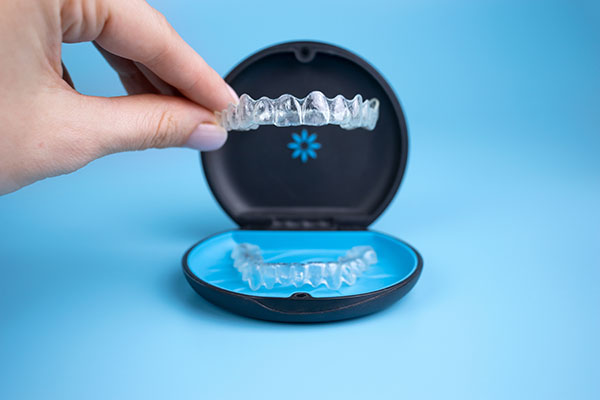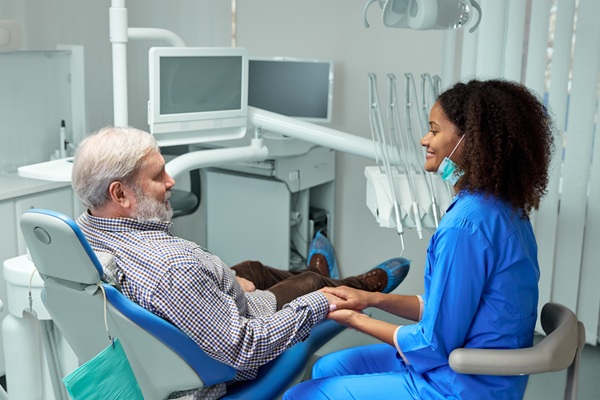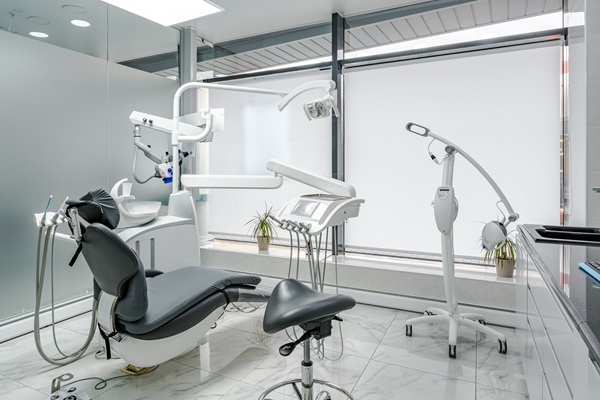Convenience and Comfort Are Benefits of Invisalign Therapy

Invisalign® is one of the most popular ways to undergo orthodontic treatment. General dentists are recommending teeth straightening via Invisalign® because of the many benefits that come with it. Having an understanding of these benefits may be helpful to those looking at their options. Keep reading to find out more.
The benefits of Invisalign® treatment
Below is an explanation of how comfort and convenience are achieved with Invisalign® treatment. Review this information when looking into different orthodontic treatments.
Comfort
One of the main benefits that comes with Invisalign® treatment is that the entire process is relatively comfortable. Unlike traditional braces with wires and brackets, Invisalign® only involves one piece per arch. The actual Invisalign® piece is made of a flexible plastic material. There are no sharp edges or uncomfortable feelings that come from poking wires or brackets.
One of the main complaints with traditional braces is that they are uncomfortable. Aside from the metal wires and brackets, having them tightened can induce a lot of soreness and pain. With Invisalign®, there is no need to tighten or adjust the piece. Instead, a new aligner is provided every few weeks. Of course, there may be some slight soreness as the teeth shift, but there will not be any serious pressure resulting in pain as can be the case with braces.
Convenience
The other main benefit of undergoing Invisalign® treatment is the convenience. With traditional braces, patients are required to visit the dentist every few weeks for adjustments and progress check-ins. Additionally, wires and brackets can snap or break, which results in the need for repairs. Orthodontic repairs on braces can take time, which is not convenient. With Invisalign®, however, the aligner is not able to snap or break within the mouth. Because it can be removed, there is no risk when eating as is the case with braces.
Additionally, Invisalign® does not require as many check-up appointments. Because the aligners are just simply switched out for a new one, patients do not have to visit the dentist as often. Typically, appointments are done every other month. Of course, this is up to each patient and the dentist's discussion, but there are usually fewer appointments required.
Other benefits
Invisalign® also allows patients to properly clean their teeth and gums. With braces, it can be hard to reach certain areas, which can lead to a build-up of decay. Over the course of treatment, this build-up can lead to cavities, which may require restorative treatment after the braces are taken off. With Invisalign®, the aligners can be removed for brushing and flossing.
Find out more about Invisalign®
When considering Invisalign®, the best thing to do is consult with a general dentist. A thorough evaluation can be done to determine if it is even a viable treatment option. From there, any questions or concerns can be addressed. Additionally, the dentist can provide any patient-specific benefits that they discover. Reach out today to get scheduled or to find out more!
Request an appointment here: https://yourbrilliantsmile.com or call Kevin S. Bone D.D.S. at (989) 272-4253 for an appointment in our Saginaw office.
Check out what others are saying about our dental services on Yelp: Invisalign in Saginaw, MI.
Recent Posts
Considering Invisalign®? Read on to learn more about this teeth-straightening option. Many individuals who desire to straighten their teeth and fix their smile's spacing problems can now opt for Invisalign®. Traditional metal braces used to be the only choice for orthodontic treatment, but many people struggled with them due to their appearance. Invisalign uses a…
Invisalign® is an effective smile makeover option that involves a clear aligner system. It is a great option for adults who are considering a smile makeover, particularly those who have mild to moderate teeth alignment concerns. You can make an appropriate treatment decision by learning about Invisalign and how it works. Many dental professionals recommend Invisalign…
If you opt for Invisalign® aligners, you will need to make fewer adjustments, unlike if you have a traditional treatment like metal braces. However, there is still an adjustment phase. Whether you are an aspiring Invisalign user or you currently have the aligners, the tips in this article will help you get the most out…
Dentures are one of the more common methods of tooth replacement and they often fall under the category of general dentistry services. Understanding what dentures are and who they are for can help you decide whether they or another type of general dentistry service is right for you.General dentistry services vary for each general dentist.…


